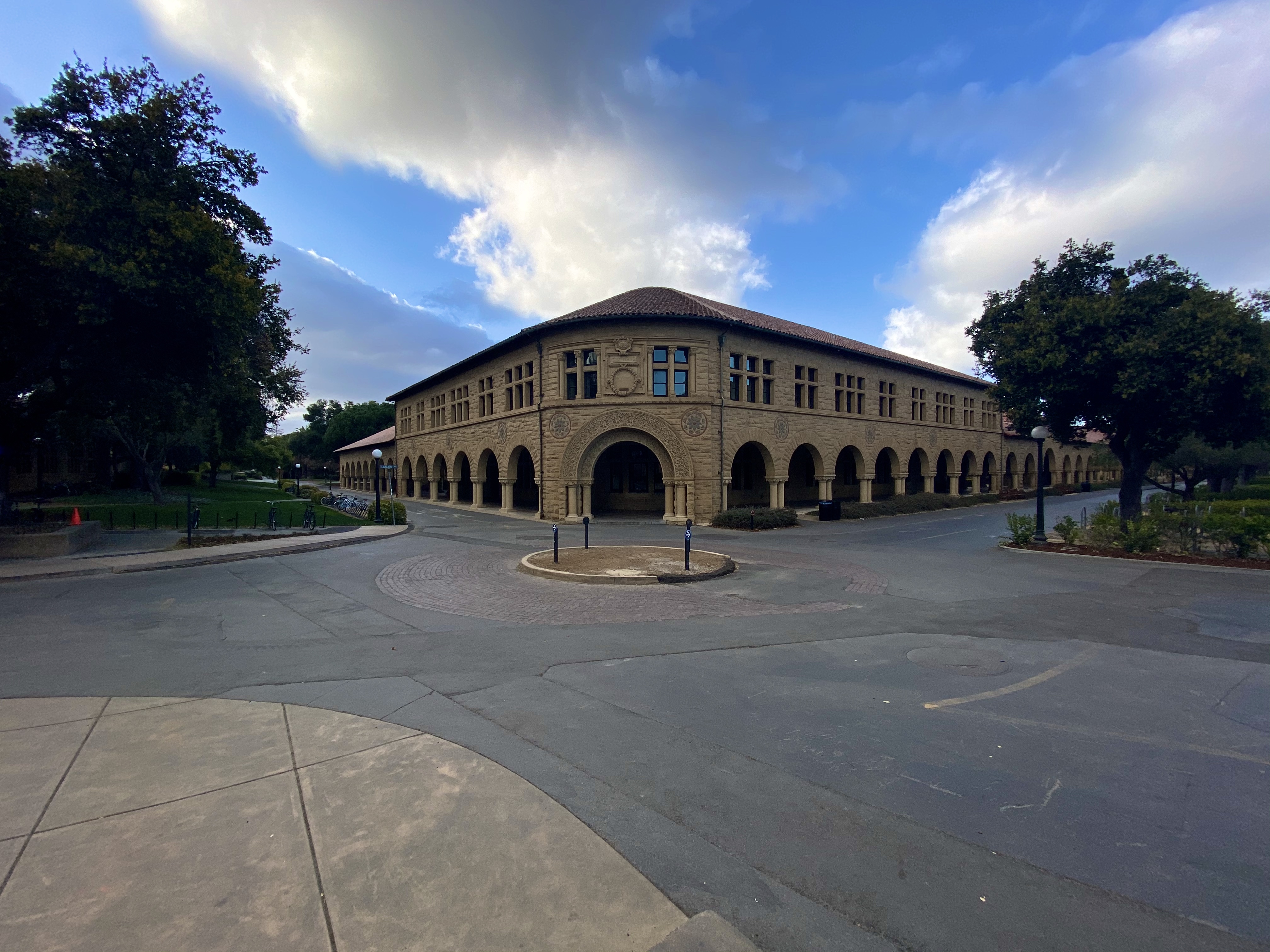The latest “Planning for our next academic year” message by Provost Persis Drell and vice provosts Stacey Bent, Susie Brubaker-Cole and Sarah Church outlined many possibilities for what fall quarter could look like. Constraints mentioned in the email included reducing the overall density of students on campus as well as considering community members’ international status, socioeconomic background, learning differences and disability needs. Here I want to propose another possibility for the fall.
In a scramble to come up with alternatives to summer school for students, Avenues — an elite private school in New York City — created the world’s first-ever studio campus for middle and high school students, providing a schooling experience that combines web-based academic programs with a physical space for one-on-one mentoring, project work and local community engagement.
In the case of Avenues, such a system likely had the primary effect of worsening the educational gap by having such opportunities available only to the wealthy. However, Stanford could potentially adopt some version of this model in a more equitable manner if bringing all students to campus this fall proves itself to be infeasible in the weeks to come. My proposal is for Stanford to offer many regionally based programs for students around the world.
The type of program I am suggesting would loosely resemble Stanford in New York, Stanford in Washington (SIW) or any of the Bing Overseas Studies Program (BOSP) offerings. Using these locations as a starting point and adding more across the United States and the world as needed, students can be at home while still having the opportunity to interact with peers and a space besides their homes to work. All instruction would continue to be online in this scenario. However, students could opt in to completing assignments and participating in other activities in facilities Stanford already owns such as 915 Broadway in New York and the SIW house, as well as new working spaces that would be rented out in regions that do not have one already.
Rather than being a residential living experience, such a model would, in most cases, require students to commute to their assigned campus, allowing for a cohort of local students to interact with local mentors and staff. To make this experience accessible to as many students as possible, Stanford could provide transportation reimbursement for students who do not have access to a car; in urban areas with robust public transportation systems, prepaid metrocards could be distributed. Students living in areas inaccessible to these campuses could be provided with residential accomodation. This has the potential to create more community than what currently exists without the disorientation of having to pack up and move back home once more if there is a serious resurgence of the virus.
Because home conditions for students vary, my hope would be for Stanford to continue providing housing and all other resources for those students who currently do and will continue to need them for as long as they need. The benefit of this would be twofold: No students would be forced to leave campus and enter an unsafe or unstable environment, and all students who are living at home would continue to reside there regardless of their proximity to campus, still limiting the amount of people residing on campus.
Other questions would need to be answered to even begin to imagine such a scenario as being realistic. What is a reasonable cohort size? How would students and mentors receive access to the facilities? How could we create some sense of community for these regional cohorts, adapting to social distancing and stay-at-home orders if they are lifted or tightened? What safety precautions should be taken?
I recognize that it is unlikely Stanford will be able to fully implement such a system this fall. Even so, there are aspects of this high-level explanation of the model that the administration could consider when working toward deciding a format for the next quarter and beyond, especially if an on-campus quarter in our new normal is proven to be unsafe or impractical.
For instance, even if instruction continues to be completely virtual, students could be brought back on campus and academic seminar rooms and lecture halls could be utilized as study spaces for students to complete their coursework. This additional square footage made available for student use would allow for social distancing indoors and give students a place besides their small dorm rooms to work.
Spaces could potentially only be accessible to students who are taking a class in that department for the given quarter, limiting the number of people going in and out of each building. This would also allow for students with more hands-on majors that require spending time in the PRL and labs to get the most out of their classes in an appointment-based manner.
I am sad, as I am sure my classmates are, about the prospect of spending another quarter of my undergraduate years off campus, but we have to do what is best for our collective health and wellbeing. Regardless of the setting, this fall there likely will be no large, crowded lectures. There will be no on-campus concerts or block parties on Mayfield Avenue. There will be no watching student performances in a packed Memorial Auditorium. Many of the things that make college college will not be an option.
I would like to thank the administration for all of the time and energy it is dedicating to making our education the best it can be considering our new constraints — your work is not going unnoticed. While things may look bleak, Stanford is a cutting-edge institution that I have faith in to implement a cutting-edge format for our education while the world works to develop effective treatments and vaccines for this devastating virus.
The Daily is committed to publishing a diversity of op-eds and letters to the editor. We’d love to hear your thoughts. Email letters to the editor to [email protected] and op-ed submissions to [email protected].
